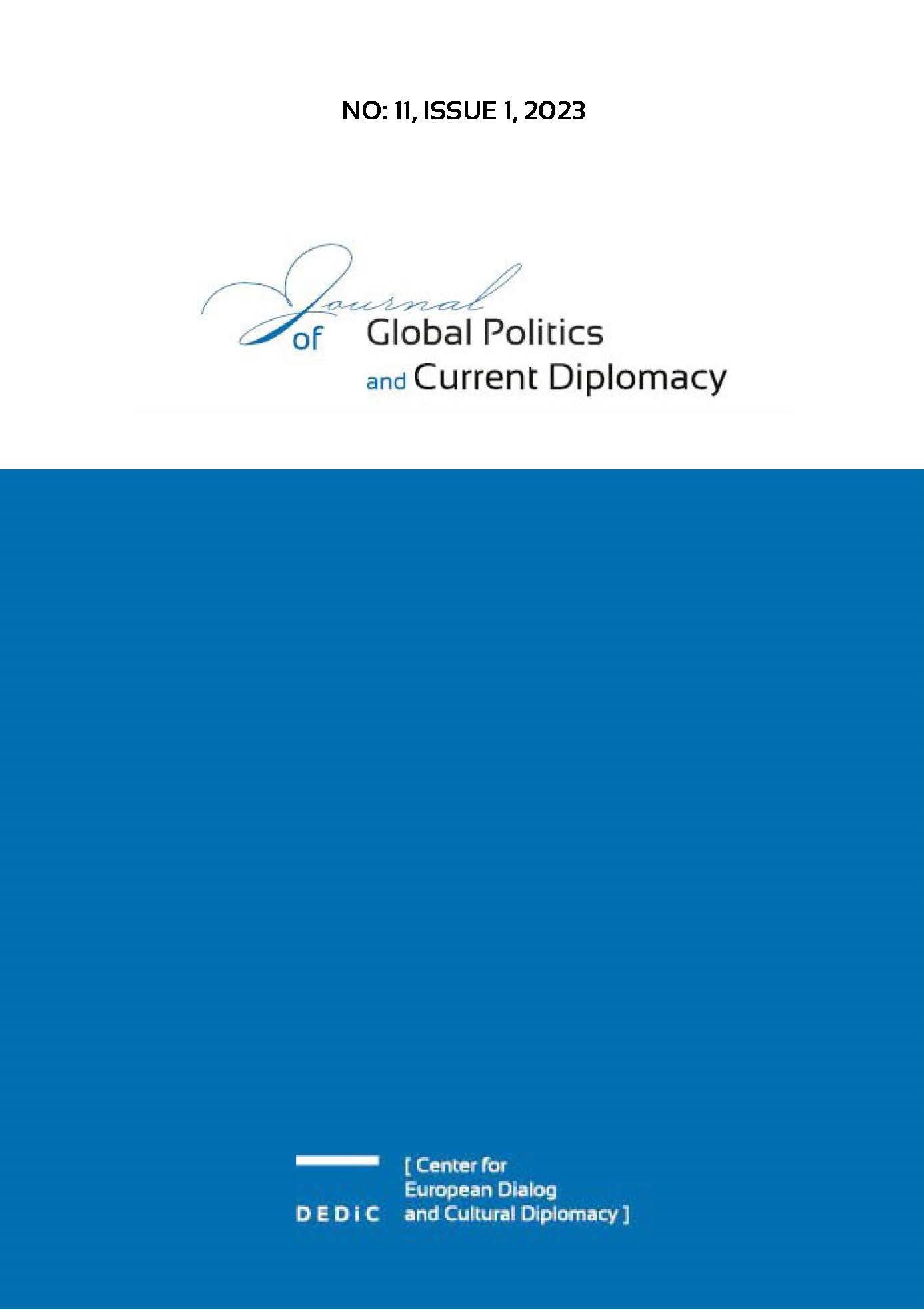WHAT IS IT TO BE ‘NATIONAL’?: EXAMINING NATIONAL (IN)SECURITY, NATIONAL IDENTITY, AND ALTERNATE IMAGINATIONS IN INDIA
WHAT IS IT TO BE ‘NATIONAL’?: EXAMINING NATIONAL (IN)SECURITY, NATIONAL IDENTITY, AND ALTERNATE IMAGINATIONS IN INDIA
Author(s): Mansoor AshrafSubject(s): Governance, Security and defense, Politics and society, Inter-Ethnic Relations, Geopolitics, Politics and Identity
Published by: Centre of European Dialogue and Cultural Diplomacy
Keywords: Nationalism; National Security; Identity Politics; South Asia; India; Regionalism; Rising Powers; Democracy;
Summary/Abstract: Strong overarching states have always characterised South Asia. A post-colonial democratic India has been no different. Other than that, of a top-down ‘nationalist’ idea which is an inherently exclusive project, it seems to securitise and consider any other collective sensibility as a threat. It does so because of its insecurities and lingering cartographic anxiety. The paper argues that alternate imaginations can and do co-exist with national imaginations, but the Indian ‘nation-state’ has had problems with such imaginations. The paper seeks to locate and critically analyse such nationalist insecurities and the multiplicity of alternate imaginations of Pan-South Asianism, sub-nationalisms, other such regionalisms and cosmopolitanisms and their complex interactions in every day India. The paper employing critical discourse analysis explores how popular alternate imaginations co-exist with, contest, resist, or negotiate with the ‘national’ identity. Without assuming people to be readily more cosmopolitan, it looks at how people respond to the over-arching state and its articulation in the everyday - whether they readily accept the ‘manufactured’ picture or go beyond. It also explores the question of whether such articulations have a differential impact in certain sites and spatialities, especially in the socio-political and geographical margins. Essentially, it asks whether alternate imaginations have to always come at the cost of the loss of nationalist imagination or does it have more to do with how that nationalist imagination gets articulated. The question begs whether popular imaginations have to be necessarily constrained within the ‘container’ of the ‘national’. The paper concludes that top-down national integration that constructs other sensibilities readily as threats en route a more homogenised national identity creates more problems than what it is purported to solve.
Journal: Journal of Global Politics and Current Diplomacy
- Issue Year: 11/2023
- Issue No: 1
- Page Range: 39-57
- Page Count: 19
- Language: English

